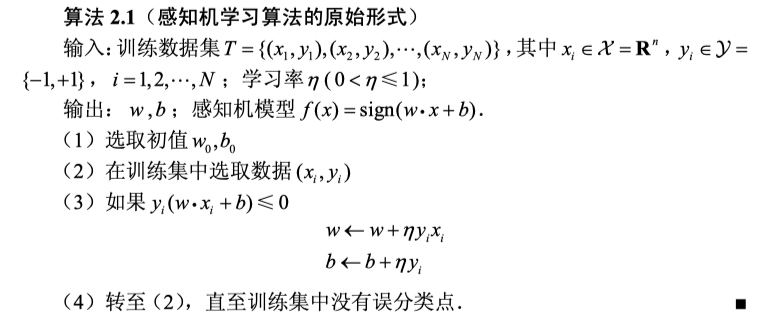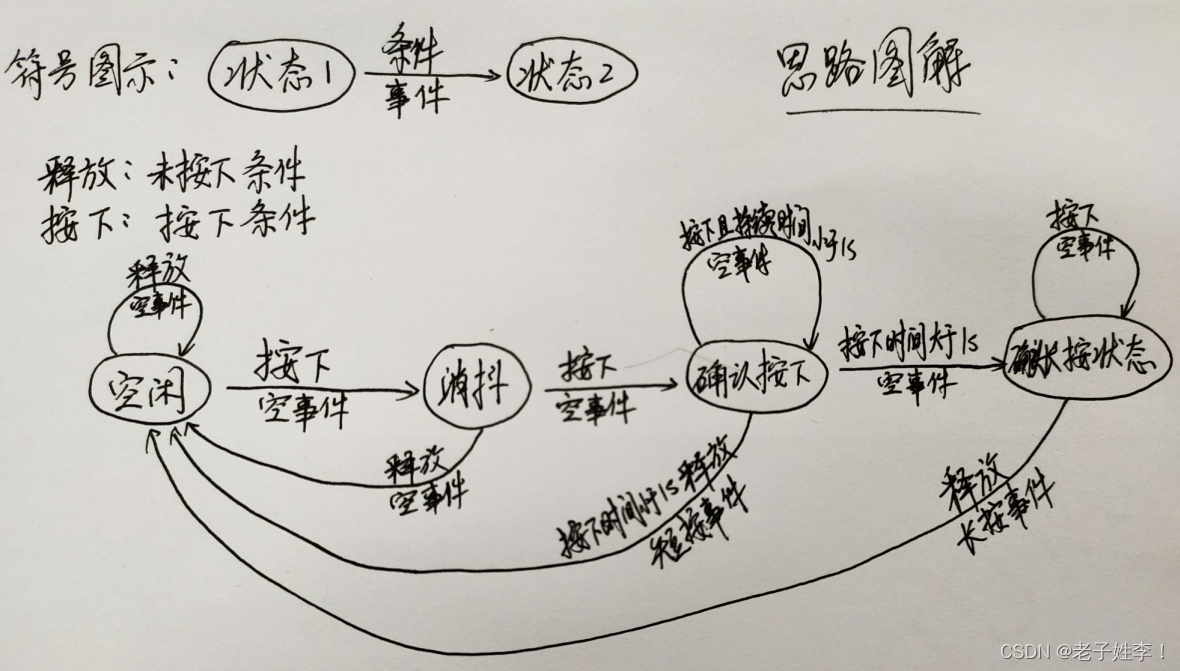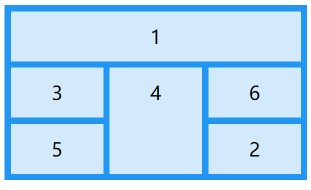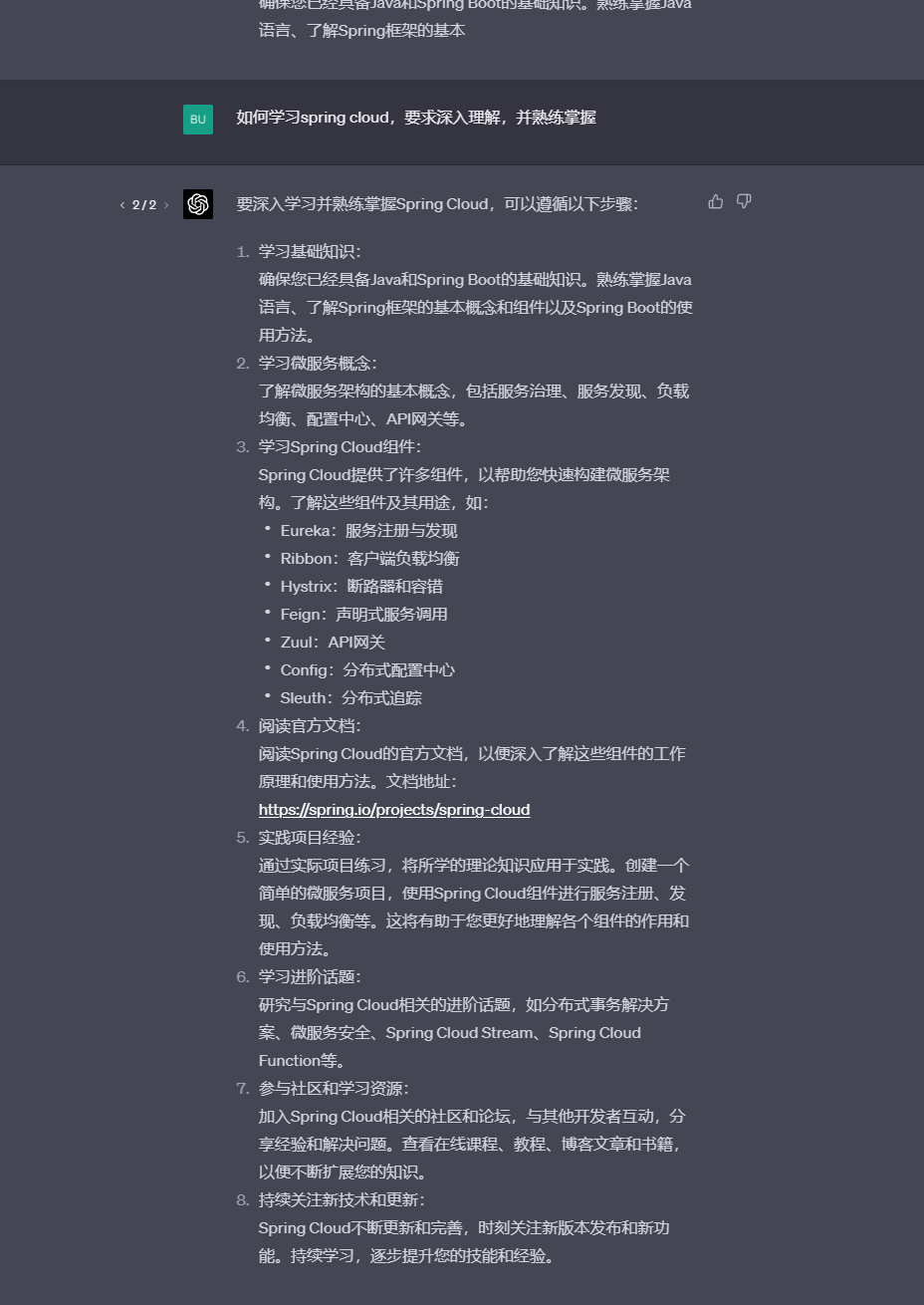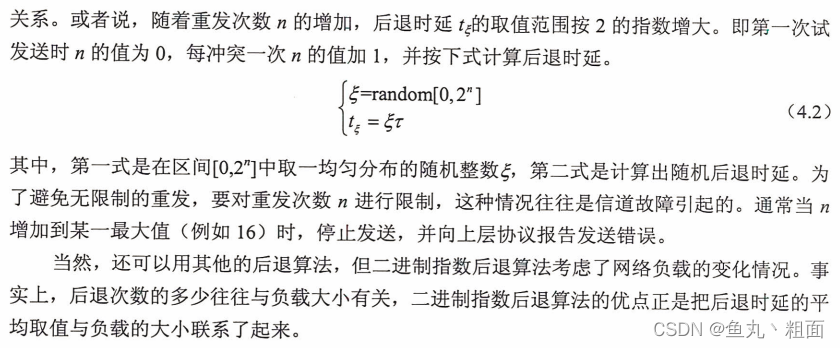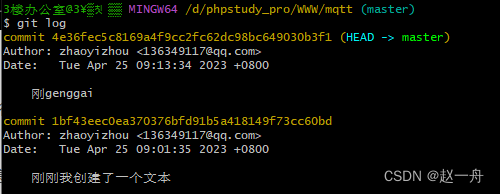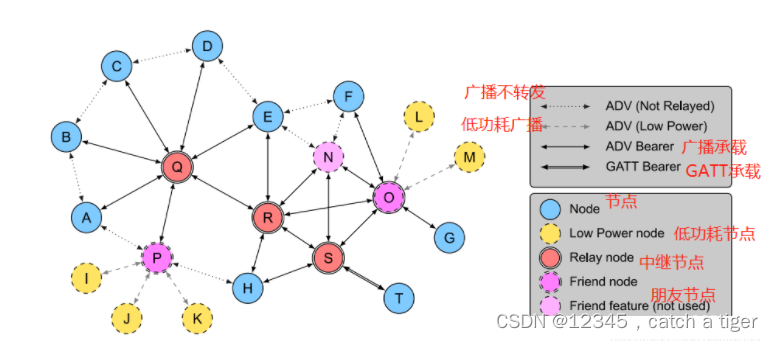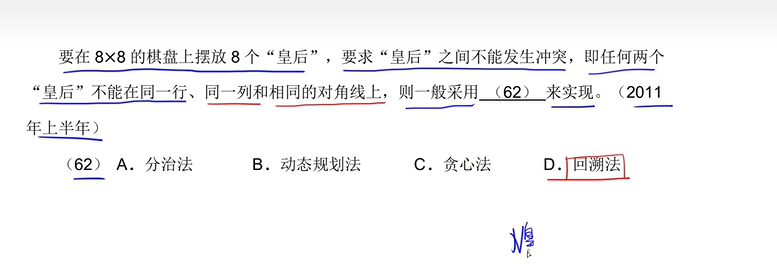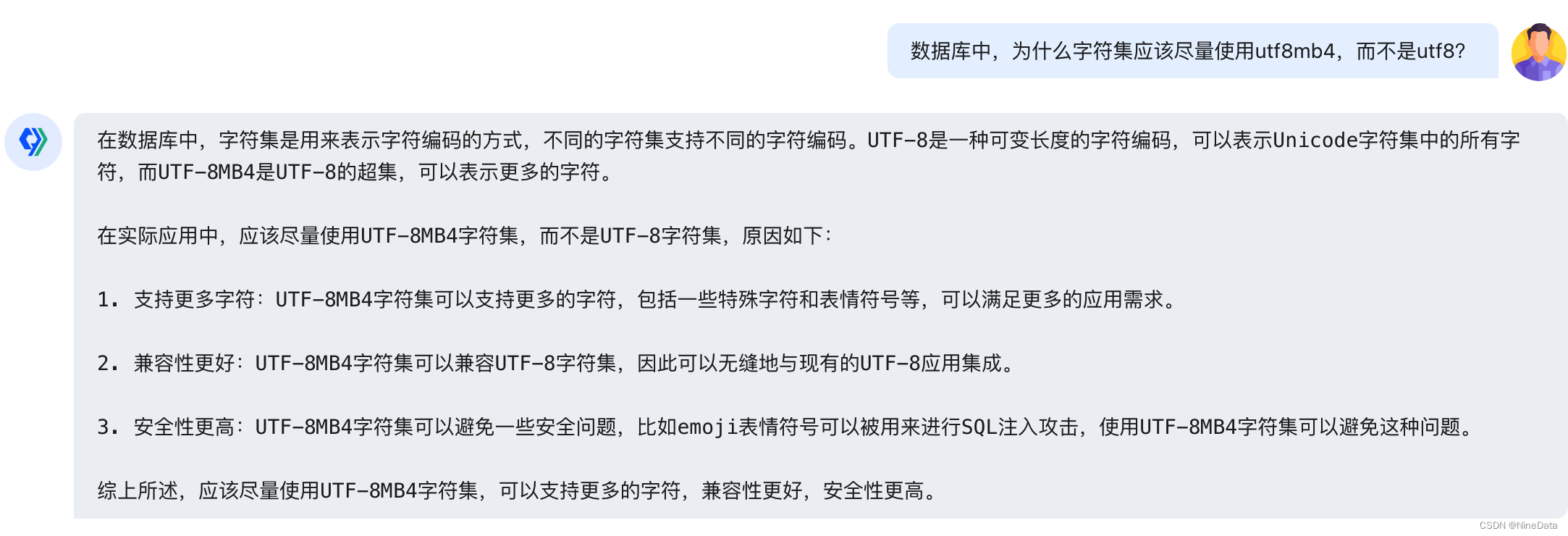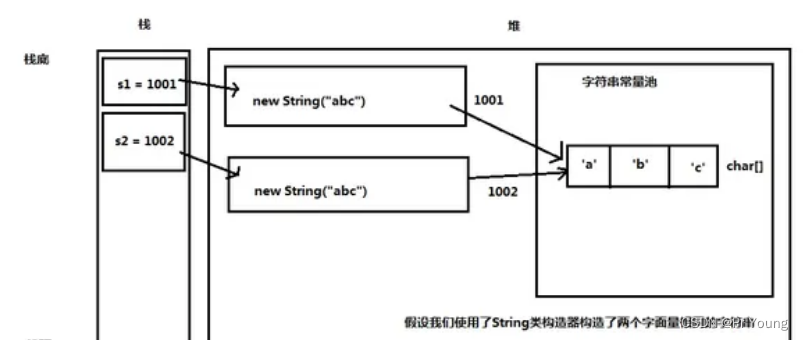目录
一、测试数据
二、简单模式匹配
1. 匹配字面值
2. 匹配数字和非数字字符
3. 匹配单词与非单词字符
4. 匹配空白字符
5. 匹配任意字符
6. 匹配单词边界
7. 匹配零个或多个字符
8. 单行模式与多行模式
一、测试数据
这里所用文本是《学习正则表达式》这本书带的,是《抒情歌谣集》(Lyrical Ballads, London, J.&A. Arch, 1798)中收录的塞缪尔·泰勒·柯勒律治的一首诗“The Rime of the Ancient” 的前几行。为了演示正则表达式的单行模式与多行模式,特意生成了带有换行符(ascii 10)的单个行,和不带换行符的多个行。
drop table if exists t_regexp;
create table t_regexp(a text);
insert into t_regexp values (
'THE RIME OF THE ANCYENT MARINERE, IN SEVEN PARTS.
ARGUMENT.
How a Ship having passed the Line was driven by Storms to the cold Country
towards the South Pole; and how from thence she made her course to the tropical
Latitude of the Great Pacific Ocean; and of the strange things that befell;
and in what manner the Ancyent Marinere came back to his own Country.
I.
1 It is an ancyent Marinere,
2 And he stoppeth one of three:
3 "By thy long grey beard and thy glittering eye
4 "Now wherefore stoppest me?');
insert into t_regexp values ('THE RIME OF THE ANCYENT MARINERE, IN SEVEN PARTS.'),
('ARGUMENT.'),
('How a Ship having passed the Line was driven by Storms to the cold Country'),
('towards the South Pole; and how from thence she made her course to the tropical'),
('Latitude of the Great Pacific Ocean; and of the strange things that befell;'),
('and in what manner the Ancyent Marinere came back to his own Country.'),
('I.'),
('1 It is an ancyent Marinere,'),
('2 And he stoppeth one of three:'),
('3 "By thy long grey beard and thy glittering eye'),
('4 "Now wherefore stoppest me?');二、简单模式匹配
1. 匹配字面值
匹配字符串字面值的方法就是使用普通的字符。例如 regexp_like(a,'Ship') 函数的意思是匹配字段 a 中带有 Ship 文本的行,缺省不区分大小写。执行结果如下:
mysql> select a from t_regexp where regexp_like(a,'Ship')\G
*************************** 1. row ***************************
a: THE RIME OF THE ANCYENT MARINERE, IN SEVEN PARTS.
ARGUMENT.
How a Ship having passed the Line was driven by Storms to the cold Country
towards the South Pole; and how from thence she made her course to the tropical
Latitude of the Great Pacific Ocean; and of the strange things that befell;
and in what manner the Ancyent Marinere came back to his own Country.
I.
1 It is an ancyent Marinere,
2 And he stoppeth one of three:
3 "By thy long grey beard and thy glittering eye
4 "Now wherefore stoppest me?
*************************** 2. row ***************************
a: How a Ship having passed the Line was driven by Storms to the cold Country
2 rows in set (0.00 sec)2. 匹配数字和非数字字符
以下三个查询等价,都是匹配字段 a 中带有数字的行。
select a from t_regexp where regexp_like(a,'[0123456789]');
select a from t_regexp where regexp_like(a,'[0-9]');
select a from t_regexp where regexp_like(a,'\\d');匹配以数字开头的行:
select a from t_regexp where regexp_like(a,'^\\d');匹配纯数字行:
select a from t_regexp where regexp_like(a,'^\\d+$');使用字符组可精确匹配字符。数字的字符组简写式 \d 更为简短,但却没有字符组强大、灵活。在无法使用 \d 时(不是所有情况下都支持这种方式),或者想匹配特定数字时,就需要使用字符组;合适的时候可以使用 \d,因为它更简短。
以下四个查询等价,都是匹配字段 a 中带有非数字的行。
select a from t_regexp where regexp_like(a,'[^0123456789]');
select a from t_regexp where regexp_like(a,'[^0-9]');
select a from t_regexp where regexp_like(a,'[^\\d]');
select a from t_regexp where regexp_like(a,'\\D');匹配纯字母行:
select * from t_regexp where regexp_like(a,'^\\D+$');要匹配非数字字符,可使用包含以下大写字母D的简写式 \D。注意字符组(中括号内)中的 ^ 符号不再代表行头而是表示取反,意思其实就是“不匹配这些”或“匹配除这些以外的内容”。
3. 匹配单词与非单词字符
\w 简写式将匹配所有的单词字符,\D 与 \w 的区别是 \D 会匹配空格、标点符号(引号、连字符、反斜杠、方括号)等字符,而 \w 只匹配字母、数字和下划线。在英语环境中,与 \w 匹配相同内容的字符组为:[_a-zA-Z0-9]
\W 匹配非单词字符,匹配空格、标点以及其他非字母、非数字字符。使用以下字符组也可以匹配相同的内容:[^_a-zA-Z0-9]
下表提供了更多的字符简写式。
| 字符简写式 | 描述 |
| \a | 报警符 |
| [\b] | 退格字符 |
| \c x | 控制字符 |
| \d | 数字字符 |
| \D | 非数字字符 |
| \w | 单词字符 |
| \W | 非单词字符 |
| \0 | 空字符 |
| \x xx | 字符的十六进制值 |
| \o xxx | 字符的八进制值 |
| \u xxx | 字符的Unicode值 |
匹配所有emoji表情:
select userid,nickname
from space_user
where regexp_like(nickname,'(\\ud83c[\\udf00-\\udfff])|(\\ud83d[\\udc00-\\ude4f\\ude80-\\udeff])|[\\u2600-\\u2B55]')
limit 10;\w 不匹配符号:
select regexp_like('()','\\w'),regexp_like('()','\\W'),regexp_like('()','\\D');匹配电子邮箱:
select regexp_like('wxy0327@sohu.com','\\w[-\\w.+]*@([A-Za-z0-9][-A-Za-z0-9]+\.)+[A-Za-z]{2,14}');4. 匹配空白字符
\s 与 [ \t\n\r] 字符组匹配的内容相同,它会匹配空格、制表符(\t)、换行符(\n)、回车符(\r)。\s也有对应的大写形式,如要匹配非空白字符,使用 \S 或 [^ \t\n\r] 或 [^\s]。
下表列出了匹配常见和不太常见的空白字符的简写式。
| 字符简写式 | 描述 |
| \f | 换页符 |
| \h | 水平空白符 |
| \H | 非水平空白符 |
| \n | 换行符 |
| \r | 回车符 |
| \s | 空白符 |
| \S | 非空白符 |
| \t | 水平制表符 |
| \v | 垂直制表符 |
| \V | 非垂直制表符 |
5. 匹配任意字符
用正则表达式匹配任意字符的一种方法就是使用点号(U+002E)。点号可以匹配除行结束符之外的所有字符,个别情况除外。要匹配THE RIME整个短语,则可使用八个点号,但推荐用量词 .{8}
这个表达式就能匹配前两个单词以及它们之间的空格,但只是粗略地匹配。从 https://www.dute.org/regex 看看这个表达式有什么作用,就知道这里所说的粗略是什么意思了。它匹配了连续多组的八个字符,头尾相连,只有目标文本的最后几个字符除外。

6. 匹配单词边界
下面我们再试试匹配单词的边界和字母的开始和结束位置:
\bA.{5}T\b可以看到细微的差异:

这个表达式有更强的特指性(请记住特指性,specificity,这个概念很重要),它匹配单词ANCYENT。简写式 \b 匹配单词边界,不消耗任何字符;字符 A 和 T 限定了字符序列的首尾字母;.{5} 匹配任意五个字符;简写式 \b 匹配单词的另一个边界。
现在再试一下这个简写式:
\b\w{7}\b结果如下图所示。

7. 匹配零个或多个字符
最后再试试匹配零个或多个字符:
.*它就相当于 [^\n] 或 [^\n\r]。类似地,点号也可以与表示“一个或多个”的量词(+)连用:
.+8. 单行模式与多行模式
单行模式(single line mode)使得通配符点 . 匹配所有字符,包括换行符。多行模式(multi-line mode)使得 ^ 和 $ 匹配到每行字符串的开头和结尾处。用测试数据加以说明,需求是给 T 或 t 开头的行首尾分别加 HTML 标记 <h1> 与 <\h1>。
select regexp_replace(a,'(^T.*$)','<h1>$1<\h1>',1,0,'im')
from t_regexp limit 1\G结果如下,第一行和第四行加了标签,符合预期。
<h1>THE RIME OF THE ANCYENT MARINERE, IN SEVEN PARTS.<h1>
ARGUMENT.
How a Ship having passed the Line was driven by Storms to the cold Country
<h1>towards the South Pole; and how from thence she made her course to the tropical<h1>
Latitude of the Great Pacific Ocean; and of the strange things that befell;
and in what manner the Ancyent Marinere came back to his own Country.
I.
1 It is an ancyent Marinere,
2 And he stoppeth one of three:
3 "By thy long grey beard and thy glittering eye
4 "Now wherefore stoppest me?regexp_replace 函数的参数说明:
- a:需要被替换的原字符串字段。
- (^T.*$)':正则表达式,匹配 T 开头的行,然后使用括号将文本捕获到一个分组中。
- <h1>$1<\h1>:替换表达式,将 $1 捕获的内容嵌套在了 h1 标签中。
- 1:开始搜索位置,缺省为1。
- 0:替换第几次匹配,缺省为0,表示替换所有匹配。
- im:匹配类型,i 表示不区分大小写,m 表示多行匹配模式。如果不加 m,会将整个字符串当做单一字符串,则只能匹配出第一行。
现在修改需求为给每行首尾分别加 HTML 标记 <h1> 与 <\h1>。
select regexp_replace(a,'(^.*$)','<h1>$1<\h1>',1,0,'im')
from t_regexp limit 1\G结果如下:
<h1>THE RIME OF THE ANCYENT MARINERE, IN SEVEN PARTS.<h1>
<h1>ARGUMENT.<h1>
<h1>How a Ship having passed the Line was driven by Storms to the cold Country<h1>
<h1>towards the South Pole; and how from thence she made her course to the tropical<h1>
<h1>Latitude of the Great Pacific Ocean; and of the strange things that befell;<h1>
<h1>and in what manner the Ancyent Marinere came back to his own Country.<h1>
<h1>I.<h1>
<h1>1 It is an ancyent Marinere,<h1>
<h1>2 And he stoppeth one of three:<h1>
<h1>3 "By thy long grey beard and thy glittering eye<h1>
<h1>4 "Now wherefore stoppest me?<h1>捕获分组中的 ^.*$ 说明:
- ^ 匹配字符串的第一个字符之前的位置。
- $ 匹配字符串的最后一个字符后面的位置。
- . 匹配单个字符。除了换行符之外,它的性质无关紧要。
- * 匹配前一个匹配零次或多次。
因此,^.*$ 表示从头到尾匹配任何出现零次或多次的字符。基本上,这意味着匹配从字符串的开头到结尾的所有内容。注意这里的 . 一定要有,否则只会在每行最后添加一对标签:
THE RIME OF THE ANCYENT MARINERE, IN SEVEN PARTS.<h1><h1>
ARGUMENT.<h1><h1>
How a Ship having passed the Line was driven by Storms to the cold Country<h1><h1>
towards the South Pole; and how from thence she made her course to the tropical<h1><h1>
Latitude of the Great Pacific Ocean; and of the strange things that befell;<h1><h1>
and in what manner the Ancyent Marinere came back to his own Country.<h1><h1>
I.<h1><h1>
1 It is an ancyent Marinere,<h1><h1>
2 And he stoppeth one of three:<h1><h1>
3 "By thy long grey beard and thy glittering eye<h1><h1>
4 "Now wherefore stoppest me?<h1><h1>